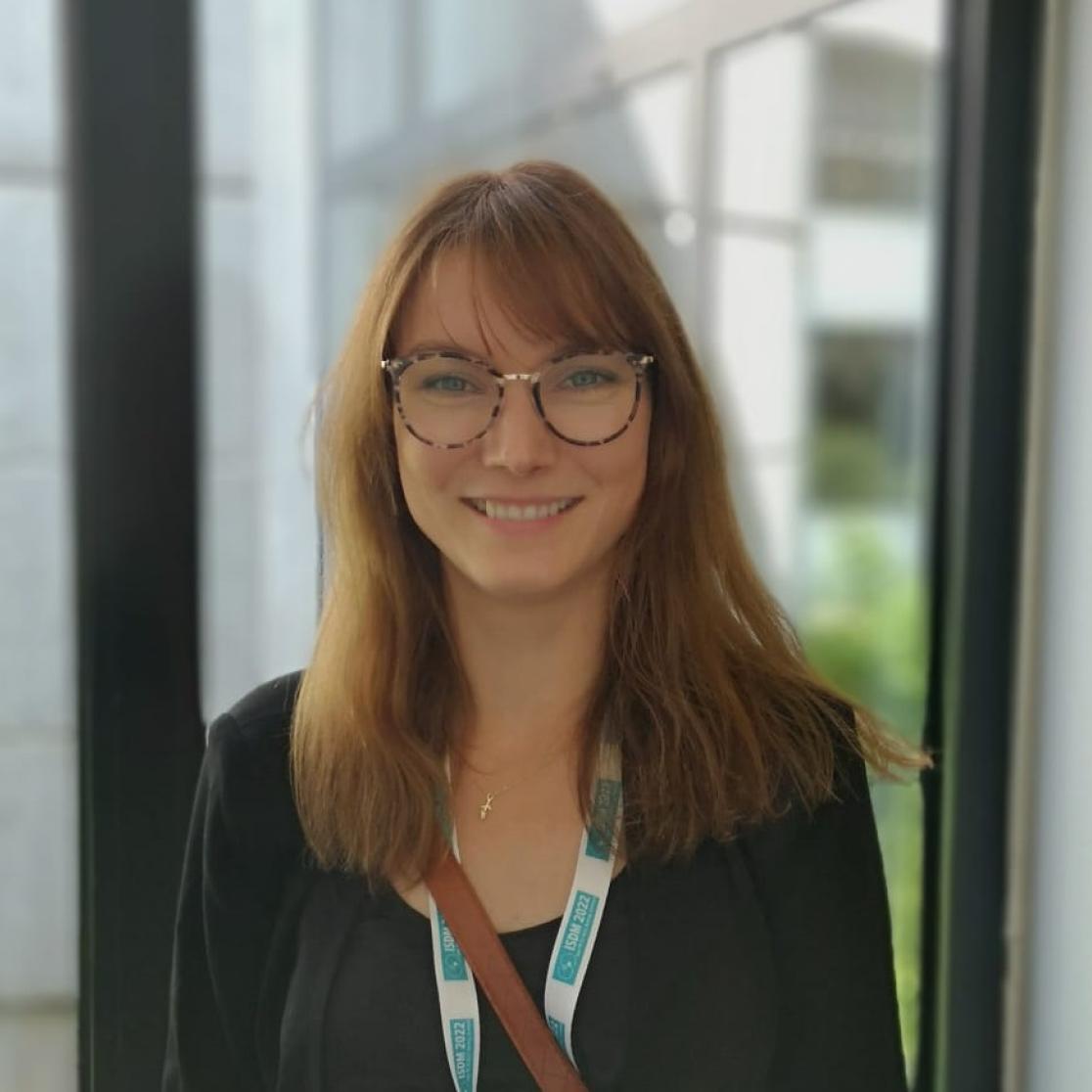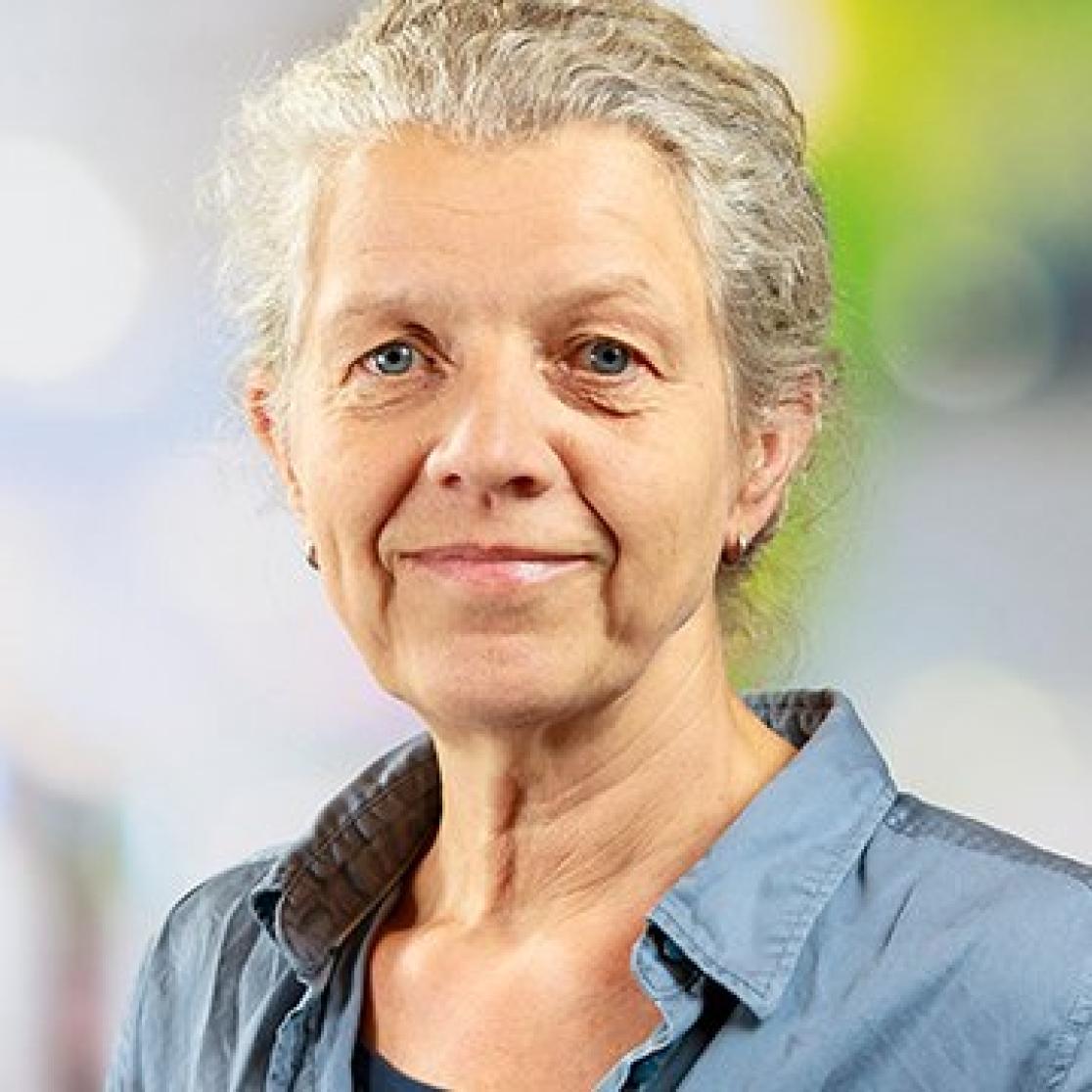Implementation of shared decision making

Clinical practice guidelines safeguard the quality of medical decision making, by integrating scientific evidence with perspectives of the stakeholders, including the collective perspective of patients. In the application of guideline recommendations in clinical practice, adjustment to the perspective of the individual patient is mostly needed. Doctors and patients making decisions together, so-called Shared Decision-Making (SDM), benefits patients as well as the healthcare system in general. Nevertheless, large-scale uptake of SDM behavior is still a challenge. CAPHRI PhD candidates are conducting research aimed at improving and implementing this process. To further enhance SDM various issues need to be addressed, at different ecological levels.
National level
We need to make developers of clinical practice guidelines aware of the need to acknowledge preference-sensitivity in their recommendations, and to link high-quality patient decision aids to guidelines (van der Weijden 2019). Meanwhile, it is important to protect clinicians and patients from information overload, caused by numerous unclearly defined knowledge tools, such as guidelines, protocols, clinical pathways and patient decision aids (Dreesens 2019). National consensus was reached on a core set of types of knowledge tools that support clinicians and patients in knowledge translation and SDM (Dreesens 2020).
Teams of clinicians
Members of multidisciplinary clinical teams should be supported in using patient-centered information during their team meetings (Geerts 2021). KWF granted nearly €1m for a consortium, one of which being Maastricht University Medical Center. Thanee Uittenhout is the Maastricht PhD of the study that aims to support tumor boards to integrate information from three domains in decision making: 1) guidelines based treatment options, 2) general health status, and 3) patients’ goals and preferences.
Individual clinicians
Physicians should become conscious about their limited application of SDM in daily practice, of which hospital specialists were unaware (Savelberg 2020, Bossen 2022). As a basis for the design of workplace learning for postgraduate training on SDM, national consensus was found on required competences for SDM (Baghus 2020). To motivate young students for SDM, patients share their experience with undergraduate students in small group work (Romme 2020). We need to support clinicians in the work that comes with the implementation of SDM, e.g. by bringing patient decision aids into the process of decision making (Raphael 2021), or delegating tasks to nurses (Friesen 2018).
Individual patients
Last but not least, we need to be inclusive to patients with limited health literacy, who are less often actually involved in decision-making and at the same time more likely to regret their chosen treatment compared to patients with higher health literacy. In most of our implementation projects, early adopters, believers or higher-educated persons have been overrepresented, while patients with limited health literacy have been underrepresented. “There’s still a lot of progress to be made in that area”, according to Romy Richter, one of the PhDs working on this specific issue. Having difficulty with reading and writing may be a reason, as well as having a migration background or a low socio-economic status. “About 28 per cent of the Dutch population has low health literacy”. What does that mean in practice? “The idea is that you understand what your doctor is telling you and properly understand medical information. This group of people struggles with that. They also find it difficult to make active choices for their own health and often don’t dare to ask questions”, explains Romy. During her research master’s in Maastricht, she already did research on SDM, which she has continued as a PhD candidate.

Romy Richter
PhD candidate
Collaboration
Romy’s PhD work revolves around the SDM process in which doctors and patients first discuss treatment options together. They also discuss the advantages and disadvantages of these options, and, finally, they discuss what matters most to the patient. In addition to a literature review and an analysis of Dutch decision aids, her study involves focus groups consisting of doctors, patients and experts. What is certain is that SDM can be promoted by presenting information in a simple way, also by using illustrations. “Simple is better”, says Romy. Romy is collaborating with the Netherlands Institute for Health Services Research (Nivel), the Dutch Centre of Expertise on Health Disparities (Pharos) and the Netherlands Patients Federation. “We often see that doctors think they’re doing a good job, while the patients in the focus group feel differently. We’ve also found that patients often understand well-explained information better than doctors expect”, says Romy. Together with the Netherlands Federation of University Medical Centres (NFU) Romy is also studying the implementation of a preference elicitation tool for patients in oncology.
General practice
ZonMw has granted CAPHRI for further studying SDM with people with low health literacy who have multiple health conditions (multimorbidity). Shared Decision-Making is very important for this patient group. What are the effects of the different treatments, for example, and which treatment should be prioritised? This research focuses on general practice, where an average of two-thirds of patients who come in for consultations have multiple health conditions. This study wants to co-create a solid SDM intervention for general practice with all stakeholders. Various organisations are participating in the study, including Nivel, the Netherlands Patients Federation, the Dutch College of General Practitioners (NHG), health insurance company CZ and twenty general practices in Maastricht and Amsterdam. The first step is to assess the current situation in the twenty participating practices by observing consultations. Next, focus groups will be conducted with general practitioners, patients and academics. A patient panel will represent the target population throughout the study.
Examples of the various projects
Examples of the various projects, with contact persons Trudy van der Weijden or Jesse Jansen:
- ZonMW HGOG. When and how to train GP trainees in shared decision making? The value of self-directed workplace learning and feedback in an integrated educational program. Period: 2016-2023. Read more (in Dutch)
- ZonMW Kennisprogramma Huisartsgeneeskunde. Effective strategies to better involve patients with multimorbidity and limited health literacy in decision-making in general practice. Period: 2023-2027. Read more (in Dutch)
- ZonMW Kennisprogramma Huisartsgeneeskunde. Involving all patients in decision-making. How to improve ‘option talk’ and risk communication in general practice for patients with limited health literacy? Period: 2021-2022. Read more (in Dutch)
- NFU Citrienfonds. Improving patient-centered care in oncology, an implementation study of a conversation tool. Period: january 2021- April 2023. Read more (in Dutch)
- KWF Alpe d’Huzes. Improving personalized treatment in oncology. Towards shared decisions based on integrated information regarding treatment options, health status, and patient preferences. Period: 2021-2026.

Contact
Prof.dr. Trudy van der Weijden
Professor of Implementation of Clinical Practice Guidelines
trudy.vanderweijden@maastrichtuniversity.nl
Examples of research teams
Project: Effective strategies to better involve patients with multimorbidity and limited health literacy in decision-making in general practice
- Vacancy PhD candidate
- Jesse Jansen, PhD
- Bart Knottnerus, MD, PhD (Nivel)
- Prof.dr. Jany Rademakers
- Prof.dr. Trudy van der Weijden
Projects Romy Richter, PhD candidate
- Esther Giroldi, PhD
- Jesse Jansen, PhD
- Prof.dr. Jany Rademakers
- Prof.dr. Trudy van der Weijden
Examples of collaborating partners
Project: Effective strategies to better involve patients with multimorbidity and limited health literacy in decision-making in general practice
- CZ: Health insurance company
- NHG: Dutch College of General Practitioners
- Nivel: Netherlands Institute for Health Services Research
- Patiëntenfederatie Nederland: Netherlands Patients Federation
Project: Involving all patients in decision-making. How to improve ‘option talk’ and risk communication in general practice for patients with limited health literacy?
- Nivel: Netherlands Institute for Health Services Research
- Patiëntenfederatie Nederland: Netherlands Patients Federation
- Pharos: Dutch Centre of Expertise on Health Disparities
Our most important scientific output
- Baghus A, Giroldi E, Muris J, Stiggelbout A, van de Pol M, Timmerman A, van der Weijden T. Identifying Entrustable Professional Activities for Shared Decision-making in postgraduate medical education: a national Delphi study. Acad Med 2021;96:126-33. doi: 10.1097/ACM.0000000000003618.
- Bossen JKJ, Jansen J, van der Weijden T, Heyligers IC. Disappointing evaluation of a shared decision-making intervention for residents and orthopaedic surgeons. Patient Educ Couns 2022;105(5):1066-74. doi: 10.1016/j.pec.2021.09.029.
- Dreesens D, Kremer L, Burgers J, van der Weijden T. Lost in definitions: Reducing duplication and clarifying definitions of knowledge and decision support tools. A RAND-modified Delphi consensus study. Health Policy 2020;124(5):531-539. doi:10.1016/j.healthpol.2020.02.005
- Dreesens D, Kremer L, van der Weijden T. The Dutch chaos case: A scoping review of knowledge and decision support tools available to clinicians in the Netherlands. Health Policy 2019;123:1288–97.
- Friesen-Storms JH, Bours GJ, Snijders IC, van der Weijden T, Jie KG, Beurskens AJ. A conversation approach based on shared goal-setting and shared decision-making for nurses in cancer aftercare: a developmental study. Eur J Oncol Nurs 2018;35:107-116. doi: 10.1016/j.ejon.2018.06.002.
- Geerts PAF, van der Weijden T, Savelberg W, Altan M, Chisari G, Launert DR, Mesters H, Pisyters Y, van Heumen M, Hermanns R, Bos GMJ, Moser A. The next step toward patient-centeredness in multidisciplinary cancer team meetings: An interview study with professionals. Journal of Multidisciplinary Healthcare 2021;14:1311-24.
- Raphael DB, Russell NS, van Werkhoven E, Immink JM, Westhoff DPG, Stenfert Kroese MC, Stam MR, van Maurik LM, van Gestel CMJ, van der Weijden T, Boersma LJ. Implementing a patient decision aid, a process evaluation of a large-scale pre and post-implementation trial. Breast Cancer Res Treat 2021;185(3):685-95. doi: 10.1007/s10549-020-05975-x
- Richter R., Esther Giroldi E., Jansen J., van der Weijden T. A qualitative exploration of clinicians’ strategies to communicate risks to patients in the complex reality of clinical practice. PLoS One 2020 Aug 13;15(8):e0236751.
- Romme S, Bosveld MH, Van Bokhoven MA, De Nooijer J, Van den Besselaar H, Van Dongen JJJ. Patient involvement in interprofessional education: A qualitative study yielding recommendations on incorporating the patient’s perspective. Health Expect 2020;23(4):943–57. https://doi.org/10.1111/hex.13073.
- Savelberg W, Smidt M, Boersma LJ, van der Weijden T. Elicitation of preferences in the second half of the Shared Decision Making process needs attention; a qualitative study. BMC Health Services Research 2020 Jul 9;20(1):635. doi: 10.1186/s12913-020-05476-z -
- van der Weijden T, Dreesens D, Faber MJ, Bos N, Drenthen T, Maas I, Kersten S, Malanda U, van der Scheur S, Post H, Knops A. Developing quality criteria for patient-directed knowledge tools related to clinical practice guidelines. A development and consensus study. Health Expect. 2019 Apr;22(2):201-208. doi: 10.1111/hex.12843. Epub 2018 Nov 11. PMID: 30417517; PMCID: PMC6433309.
Our most important output for societal target groups
- Trudy van der Weijden. Zorginstituut Nederland. Rapport Leidraad voor ontwikkelen van keuzehulpen bij en lekenversies van richtlijnen voor de klinische praktijk.
- Baghus A, Timmerman A, Giroldi, Van der Kraan J, Van der Weele G, Van der Weijden T. Hoe gebruik je keuzekaarten en keuzehulpen in de spreekkamer? Huisarts Wet 2022;65:DOI:10.1007/s12445-022-2108-4. -
- Baghus A, Timmerman A, Giroldi E, Henselmans I, Muris J, Van der Weijden T. Tips voor aiossen en opleiders over Leren van Samen Beslissen. Huisarts Wet 2021;64:DOI:10.1007/s12445-021-1174-3.
- Lenzen SA, Daniëls R, Van Bokhoven MA, Van der Weijden T, Beurskens S. Wat maakt samen beslissen zo complex? Evaluatie van een aanpak voor praktijkondersteuners. Huisarts Wet 2019;62(10):14-7.
In the media
- Cruxx (March 2023). ‘Samen beslissen beperkt zich niet tot de competentie communicatie'. Interview Anouk Baghus
- ZonMw (December 2021). Nieuwe leerlijn: Samen beslissen In de praktijk leert de huisarts in opleiding het meest. Interview Anouk Baghus